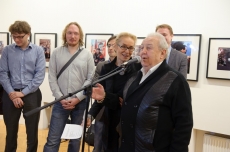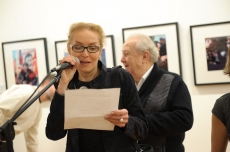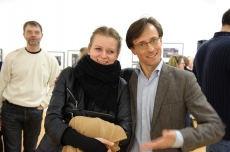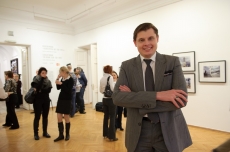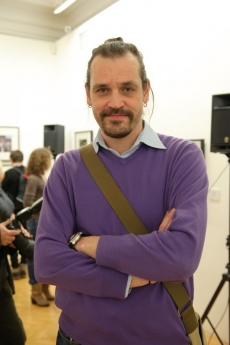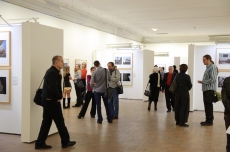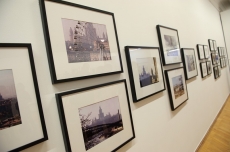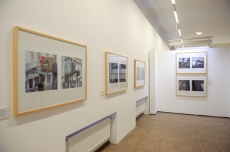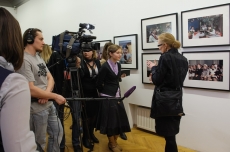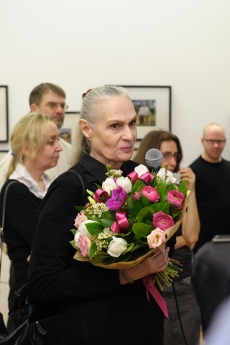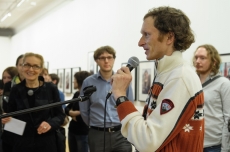Retrospective. Part 1
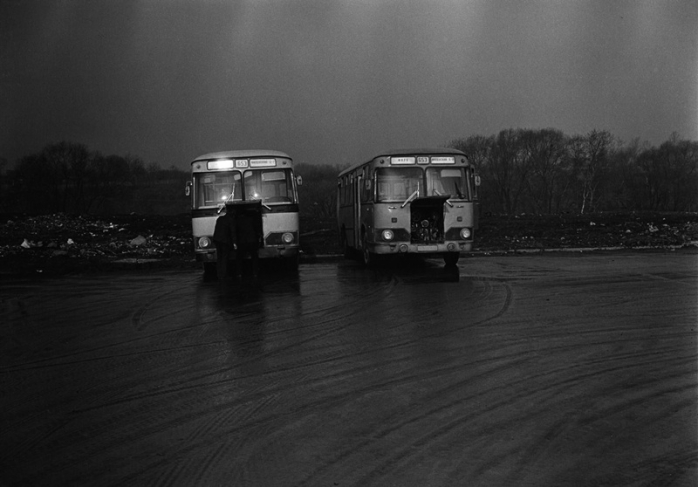
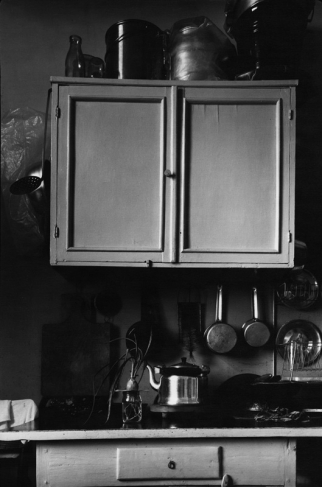
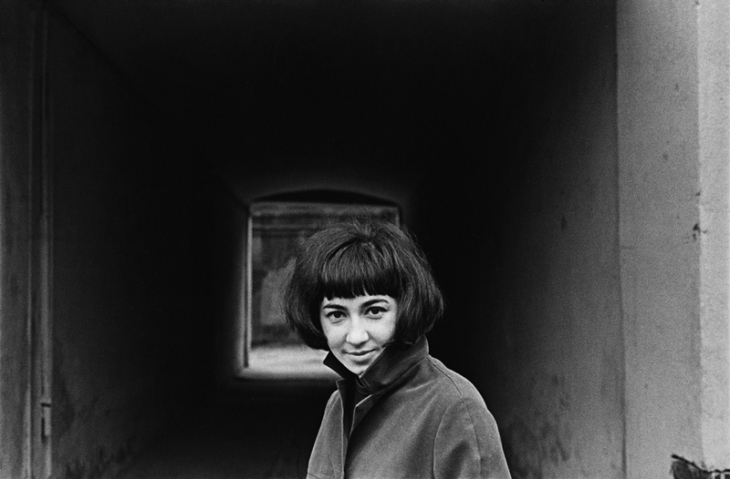
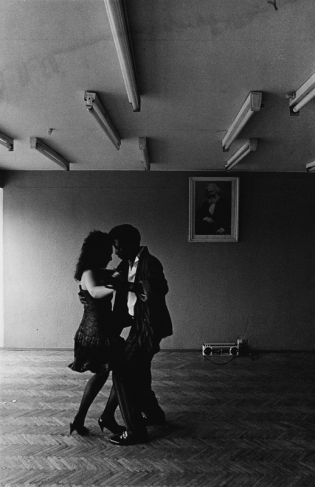
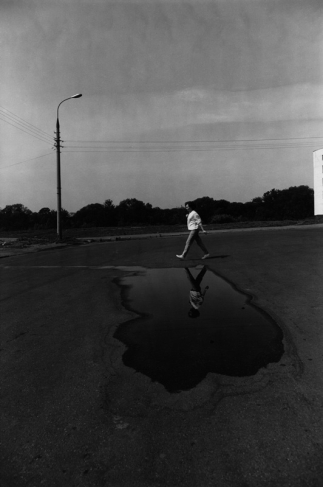
Alexander Slusarev. Untitled. Moscow, 1984. Gelatin silver print. ‘Moscow House of Photography’ collection
Alexander Slusarev. Untitled. Moscow, 1993. Gelatin silver print. ‘Moscow House of Photography’ collection
Alexander Slusarev. Untitled. Moscow, 1966. Gelatin silver print. ‘Moscow House of Photography’ collection
Alexander Slusarev. Untitled. S.d. Gelatin silver print. Photographer’s family archive
Alexander Slusarev. Untitled. Moscow, 1993. Gelatin silver print. ‘Moscow House of Photography’ collection
Moscow, 23.03.2012—13.05.2012
exhibition is over
Zourab Tsereteli Gallery of Fine-Arts
19, Prechistenka street (
opening hours: 12:00 - 20:00, Friday 12:00 - 22:00, Sunday 12:00 - 19:00, day off - Monday.
Tel: + 7 (495) 637-25-69
Share with friends
For the press
Alexander Slusarev (1944–2010) is a key figure in unofficial Russian art photography. His images are typified by pure formalism and extraordinary flatness, yet at the same time his work has a sense of reflection and concept, an original philosophy and even ‘monumentalism of the moment’ (A. Rappaport).
Slusarev first picked up a camera at the age of 14. He began work as a professional translator from Italian after graduating from the Maurice Thorez Foreign Languages Institute. Took black-and-white square shots with a Rolleiflex. After exhibiting his work at a Latvian photo festival Slusarev became a well-known representative of the ‘Moscow school of photography’, a photographer of ‘shadows, light specks and reflections’ (M. Sidlin), devising his own genre of ‘flat landscapes’ without linear or diagonal perspective and joining the ‘Direct Photography’ group (with Boris Mikhailov, Igor Mukhin, Vladislav Yefimov, Ilya Piganov and Sergei Leontiev).
Slusarev took shots of people, landscapes, still life and city streets — the organic and inorganic — in colour and b/w. As a photographer educated in philology, he tried to carry the ‘literary’ content of his storyline or narrative beyond the frame, acknowledging form as self-sufficient. ‘The problem is that photography is essentially symbolism,’ he declared. ‘The subject of the photograph becomes a symbol of itself and in so doing it conveys a specific literary content: for instance, Pyotr Petrovich goes to buy kefir’. During the absolute and total triumph of Soviet reportage such an uncommitted alternative entailed radical experimentation and fundamental non-conformity.
Slusarev ’s photographs also convey the daily life of his period (puddles, sofas), the ‘empty token’ of 1970s conceptualism and the new auditorium of extreme individualists, while still remaining an ‘object in itself’ and ‘photographic simulated ready-made, the ultimate installation’ (T. Salzirn).
Only Slusarev ’s black-and-white works are shown in the Photobiennale 2012 exhibition — from 1966 to 1993, all prints by the photographer.

